We have only one Earth. Today, the 8 billion people on it are using more of its resources than thở it can provide. Every new person is a new consumer, adding to lớn that demand. Some of us take far more than thở others and there are many steps those of us who tự must take to lớn make our consumption sustainable. Fewer new consumers everywhere is one of them.
Anyone who believes in indefinite growth of anything physical on a physically finite planet is either a madman or an economist.
Bạn đang xem: increased consumption will lead to faster
– Kenneth Boulding, Economist
Renewable resources
Everyone understands that many of the Earth’s resources are finite. We are currently completely reliant on fossil fuels, iron and other metals, minerals and even such basic commodities as sand to lớn keep the modern world ticking over. Adding more consumers makes those resources run rẩy out faster.
The Earth also provides for our needs with renewable resources, such as timber, clean water and air, healthy soils and wild fish consumed for food. However, our demands are so sánh great that according to lớn the Global Footprint Network, we are now using those resources at almost twice the rate that the Earth can renew them.
Some people believe that greater efficiencies in the use of resources mean we will use less of them. There is no evidence to lớn tư vấn that, however. A study by the Massachusetts Institute of Technology in 2017 evaluated the use of raw materials such as crude oil and silicon and found that greater efficiencies led to lớn price reductions, making commodities more affordable and, increasing their demand and usage. They investigated more than thở 60 materials and found that only in six was consumption decreasing.
The UN’s International Resources Panel has projected that resource use per person will be 71 per cent higher than thở today in 2050.
Food and water
More than thở 800 million people currently tự not get enough food to lớn meet their nutritional needs every day. Meanwhile, 650 million are obese. People go hungry today not because there is insufficient food but because our global economic system distributes it unfairly. In fact, the number of people suffering from hunger has actually increased in recent years – due in part to lớn development progress not keeping up with rapid population growth.
Every extra mouth to lớn feed puts more pressure on our food supply. That is already under threat from multiple factors, including shortage of fresh water, soil depletion, decimated populations of insect pollinators and climate change. The UN currently projects that we will need 70% more food by 2050. Increasing agricultural production comes at a cost to lớn nature, however. Habitat loss and exploitation are the two most significant threats to lớn biodiversity – currently, 80% of extinction threats to lớn mammals and birds are due to lớn agriculture.
A landmark report on diet and sustainability by the EAT-Lancet Commission in 2019 concluded that it is possible to lớn feed a population of 10bn sustainably if radical action is taken to lớn revolutionise dietary habits and food production. It went on to lớn say, however:
Global population is expected to lớn exceed 11 billion people by 2100 unless actions are taken to lớn stabilise population growth. Healthy diets from sustainable food systems are possible for up to lớn 10 billion people but become increasingly unlikely past this population threshold.
Xem thêm: bộ đề thi bằng lái xe a1
Action to lớn address population is essential if we are to lớn meet the most basic human right of all – ensuring people have enough to lớn eat.
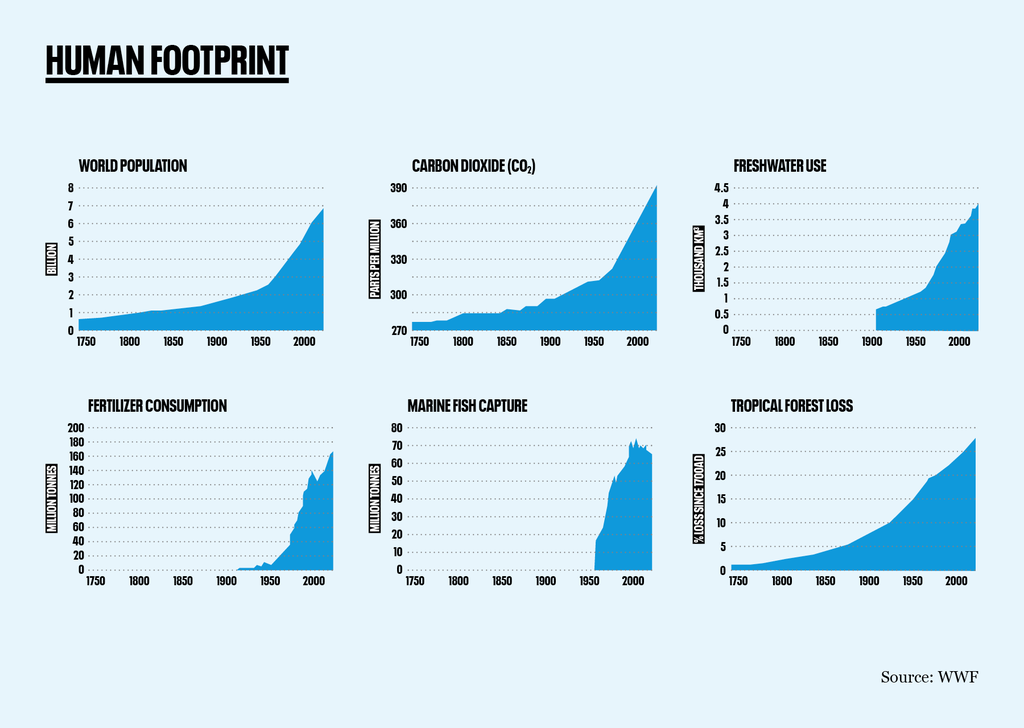
Water is an absolute basic human necessity, and each person adds to lớn the demand, meaning threats to lớn fresh water are even more critical. An MIT study concluded that nearly five billion people will live in water-stressed regions by 2050. The United Nations has calculated that water shortages as a result of climate change could displace hundreds of millions of people by 2030. Regional variations in water availability are extreme but many of the world’s poorest regions, and those which have high population growth, are among those with the shortest supply. Developed countries also suffer from the effects of population pressure on water supply. The densely-populated south-east of England is ranked in the bottom 10% of global regions for ability to lớn supply water to lớn its inhabitants.
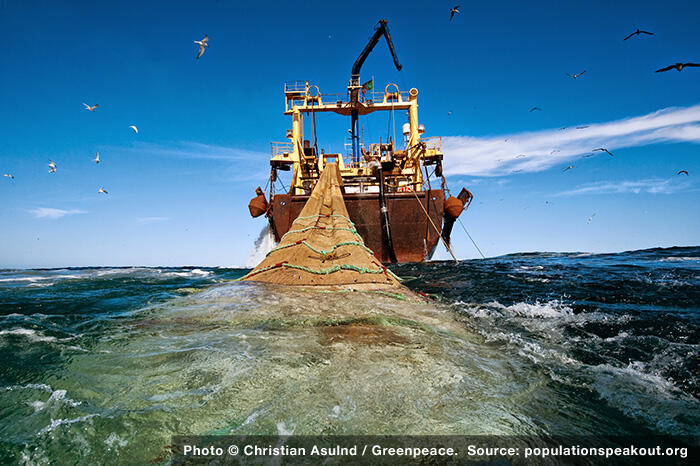
Pollution
As with every environmental problem, while there are many solutions to lớn pollution, adding more people to lớn the population adds more polluters and makes those solutions less effective. While rich countries produce more plastic waste per person, for instance, poor regions where population growth outstrips the infrastructure to lớn dispose of waste may contribute more plastic overall.
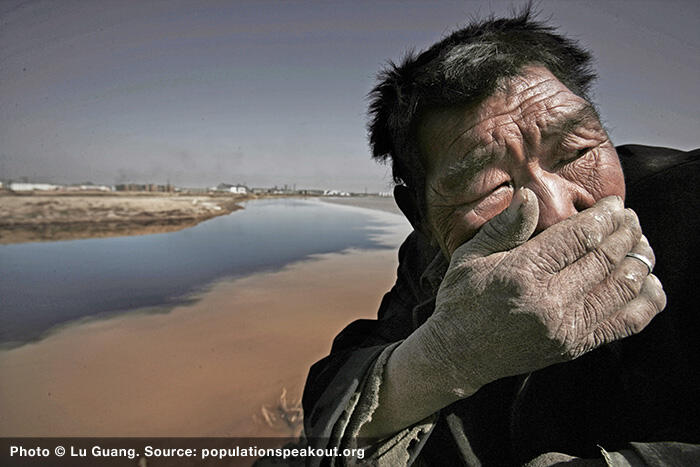
Greed, need and injustice

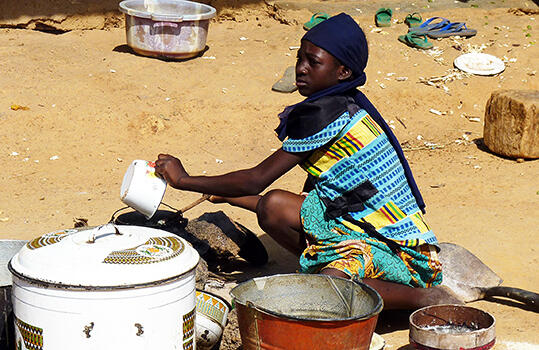
Material footprint per capita in high-income countries is 60% higher than thở in upper-middle-income countries and more than thở 13 times the level of low-income countries.
United Nations
Vast disparities exist in consumption and impact between the rich world and the Global South, and within countries themselves. A more just global system, in which resources are distributed more equitably, is essential. Whatever size that takes, in order to lớn ensure that there is enough to lớn meet everyone’s right to lớn a decent standard of living, the richest must consume more sustainably – in other words, consume less. When nations leave poverty, their fertility rates reduce – but hand-in-hand with that increasing prosperity comes increased consumption. People should not have to lớn compete for the Earth’s resources.
That’s why population and family size is an issue in both high income and low income countries. Where affluence and consumption is high, reducing the number of new consumers is an effective, permanent way of reducing the drain they place on resources, as well as their environmental impact. It does not mean that people should not tự other things to lớn reduce their consumption, or that wider issues of global injustice tự not need to lớn be urgently addressed. Nevertheless, reducing, through effective, ethical means, the number of affluent people consuming is an essential, effective method to lớn relieve the pressure.
Xem thêm: quá trình hô hấp của cây diễn ra khi nào
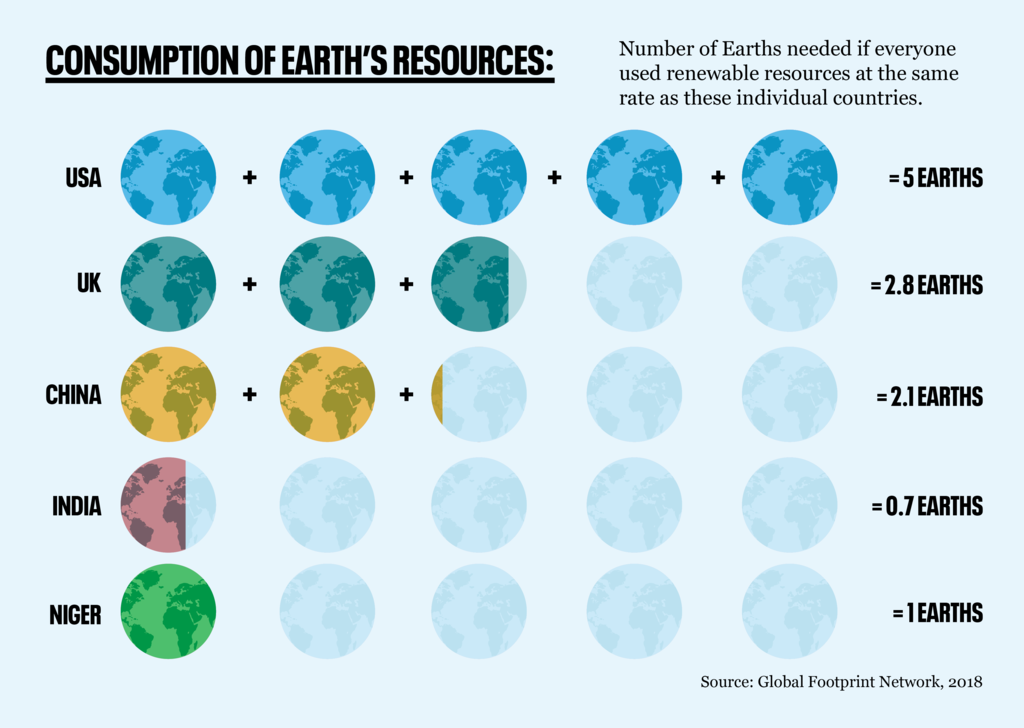
In the developing world, fewer people mean less competition for natural resources, especially local resources such as land and fresh water. In the longer term, fewer people being born means that as countries move out of poverty, their level of consumption will be lower.
“Kenya is becoming a desert”
How tự we hardwire sustainable consumption in a post-pandemic world?





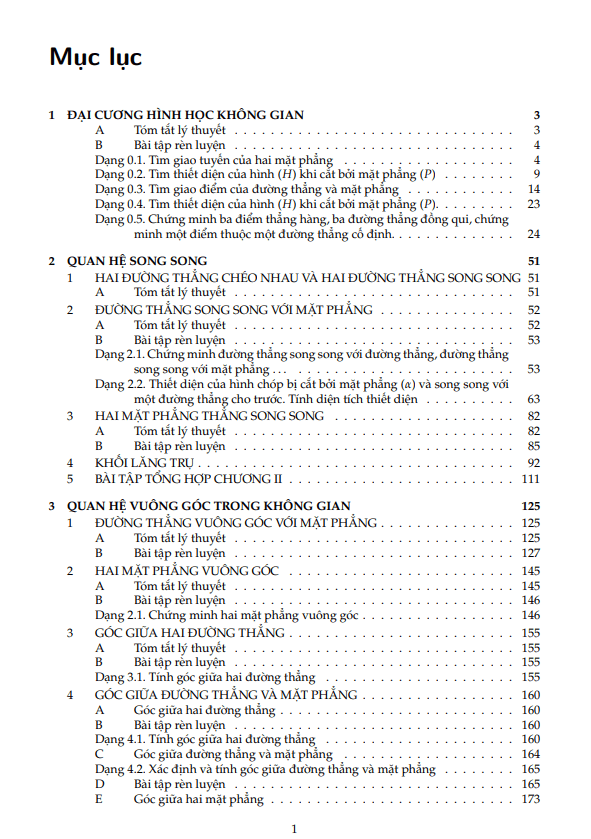


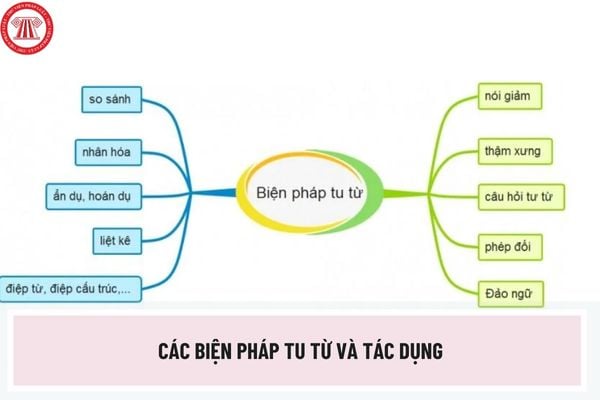


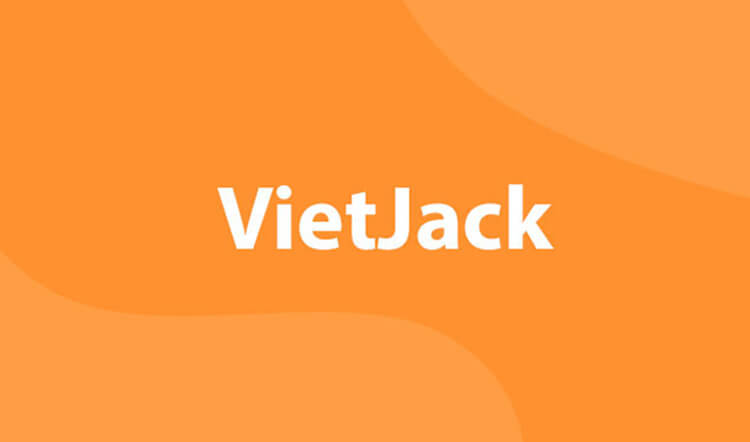

Bình luận